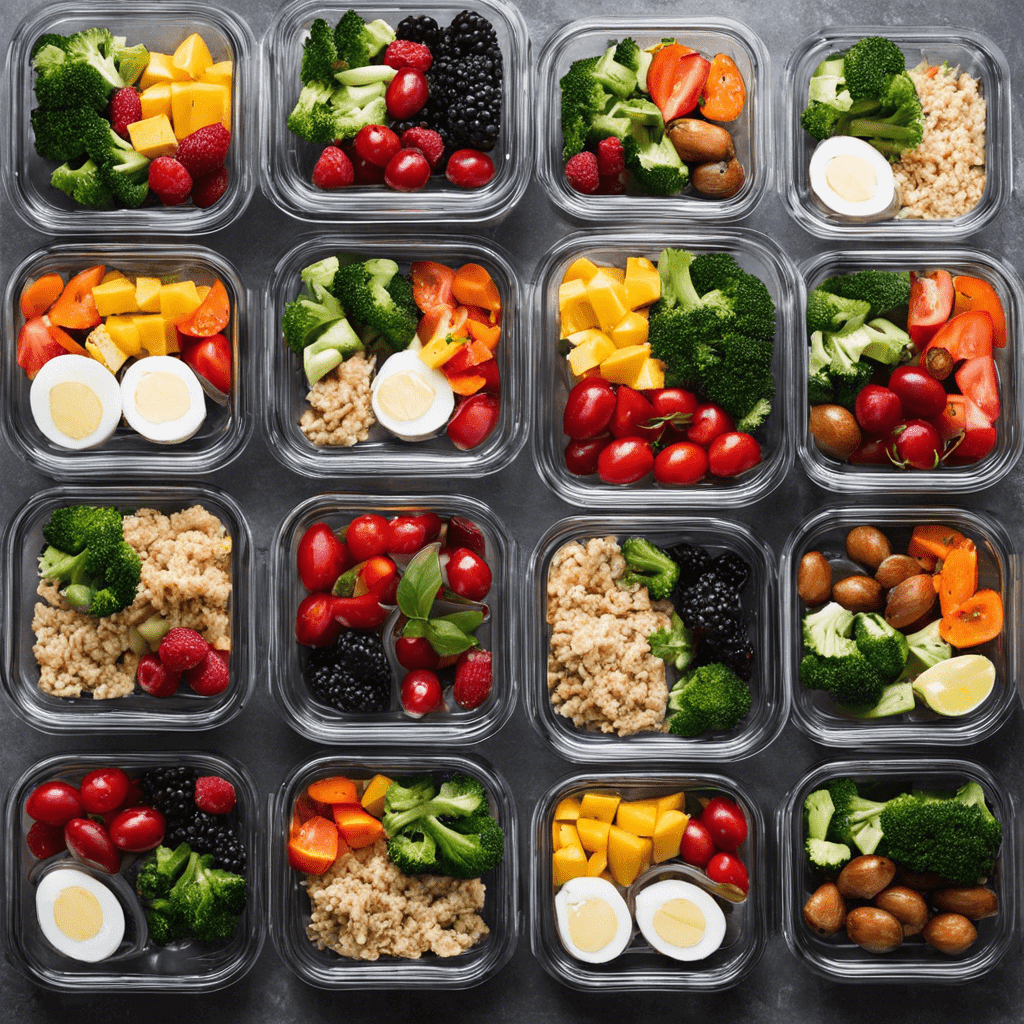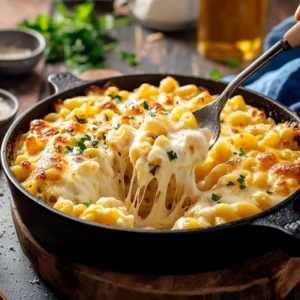Meal Prep 101: A Complete Guide for Beginners
Meal prep is a game-changer for anyone looking to save time, eat healthier, and reduce stress in the kitchen. Whether you’re juggling a busy schedule or simply trying to improve your eating habits, learning the basics of meal prepping can set you on the path to success.
This beginner-friendly guide will walk you through the essentials of meal prep, from planning and shopping to storing and reheating your meals. Let’s dive in!
What Is Meal Prep?
Meal prep involves preparing meals or ingredients in advance to make cooking and eating more convenient. It can range from pre-cooking entire meals to simply chopping vegetables or portioning out snacks.
Benefits of Meal Prep
- Saves Time: Streamlines your cooking during the week.
- Promotes Healthy Eating: Reduces reliance on fast food or unhealthy snacks.
- Saves Money: Cuts down on dining out and food waste.
- Reduces Stress: Eliminates the “what’s for dinner” dilemma.
Step 1: Plan Your Meals
Meal prep starts with a solid plan.
How to Plan:
- Assess Your Needs: Determine how many meals you need to prepare for the week (e.g., breakfast, lunch, dinner, or snacks).
- Choose Recipes: Focus on simple, versatile dishes that reheat well, like stir-fries, casseroles, or grain bowls.
- Check Your Schedule: Account for days when you might eat out or have less time to cook.
- Balance Nutrition: Aim for meals with protein, vegetables, healthy fats, and whole grains.
Step 2: Create a Grocery List
Once your meals are planned, list all the ingredients you’ll need.
Tips for Grocery Shopping:
- Shop Your Pantry: Use what you already have to save money.
- Stick to Your List: Avoid impulse buys that could derail your prep.
- Buy in Bulk: Stock up on staples like rice, oats, beans, and frozen vegetables.
- Seasonal Produce: Opt for in-season fruits and vegetables for better flavor and savings.
Step 3: Prep Your Ingredients
Prepping doesn’t mean cooking everything—it’s about making cooking easier during the week.
Ideas for Ingredient Prep:
- Vegetables: Wash, chop, and store in airtight containers.
- Grains: Cook large batches of rice, quinoa, or pasta.
- Proteins: Grill or bake chicken, boil eggs, or portion out tofu.
- Snacks: Portion nuts, fruits, or yogurt into grab-and-go containers.
Step 4: Cook and Store Meals
Cooking in bulk is the heart of meal prep.
Batch Cooking Techniques:
- Roast multiple trays of vegetables and proteins.
- Make large pots of soup or chili.
- Assemble casseroles that can be baked or reheated.
Storage Tips:
- Use BPA-free containers with tight seals.
- Store food in individual portions for easy grab-and-go meals.
- Label containers with dates to track freshness.
Step 5: Reheat and Enjoy
Reheating meals properly ensures they taste fresh and delicious.
Tips for Reheating:
- Microwave: Stir midway through heating for even results.
- Stovetop: Reheat soups or stir-fries in a skillet or saucepan.
- Oven: Use for casseroles or baked dishes to maintain texture.
Beginner Meal Prep Ideas
1. Overnight Oats
A quick and nutritious breakfast that can be customized with your favorite toppings.
- Combine oats, milk (or non-dairy milk), and a sweetener in a jar.
- Add toppings like fruit, nuts, or chia seeds.
- Refrigerate overnight and enjoy in the morning.
2. Mason Jar Salads
Layered salads that stay fresh and crisp.
- Start with dressing at the bottom.
- Add sturdy vegetables, protein, grains, and finish with greens.
- Shake before eating.
3. Sheet Pan Dinners
One-pan meals that are easy to cook and clean up.
- Combine protein (chicken, tofu) with veggies (broccoli, carrots).
- Season and roast everything together.
- Portion into containers.
4. Snack Boxes
Perfect for mid-day energy boosts.
- Combine items like cheese, nuts, fruit, and crackers in small containers.
Common Meal Prep Mistakes to Avoid
- Overcomplicating Recipes: Stick to simple, repeatable meals.
- Not Considering Storage: Choose containers that fit your fridge and lifestyle.
- Ignoring Portion Sizes: Prep portions that match your eating habits to avoid overeating or waste.
- Skipping Variety: Rotate ingredients and spices to prevent boredom.
Tools to Simplify Meal Prep
Having the right tools can make meal prep a breeze.
- Sharp Knives: For efficient chopping and slicing.
- Cutting Boards: Use separate boards for meat and vegetables.
- Instant Pot or Slow Cooker: Ideal for batch cooking.
- Glass Storage Containers: Reheat safely and preserve flavors.
- Kitchen Scale: For accurate portioning.
Final Thoughts
Meal prep is a valuable habit that sets you up for a more organized and healthier lifestyle. By planning, prepping, and cooking in advance, you’ll save time, reduce stress, and stay on track with your eating goals.
Start small with one or two meals a week, and as you gain confidence, expand your repertoire. Before you know it, meal prep will become a seamless part of your routine.
Happy prepping!



